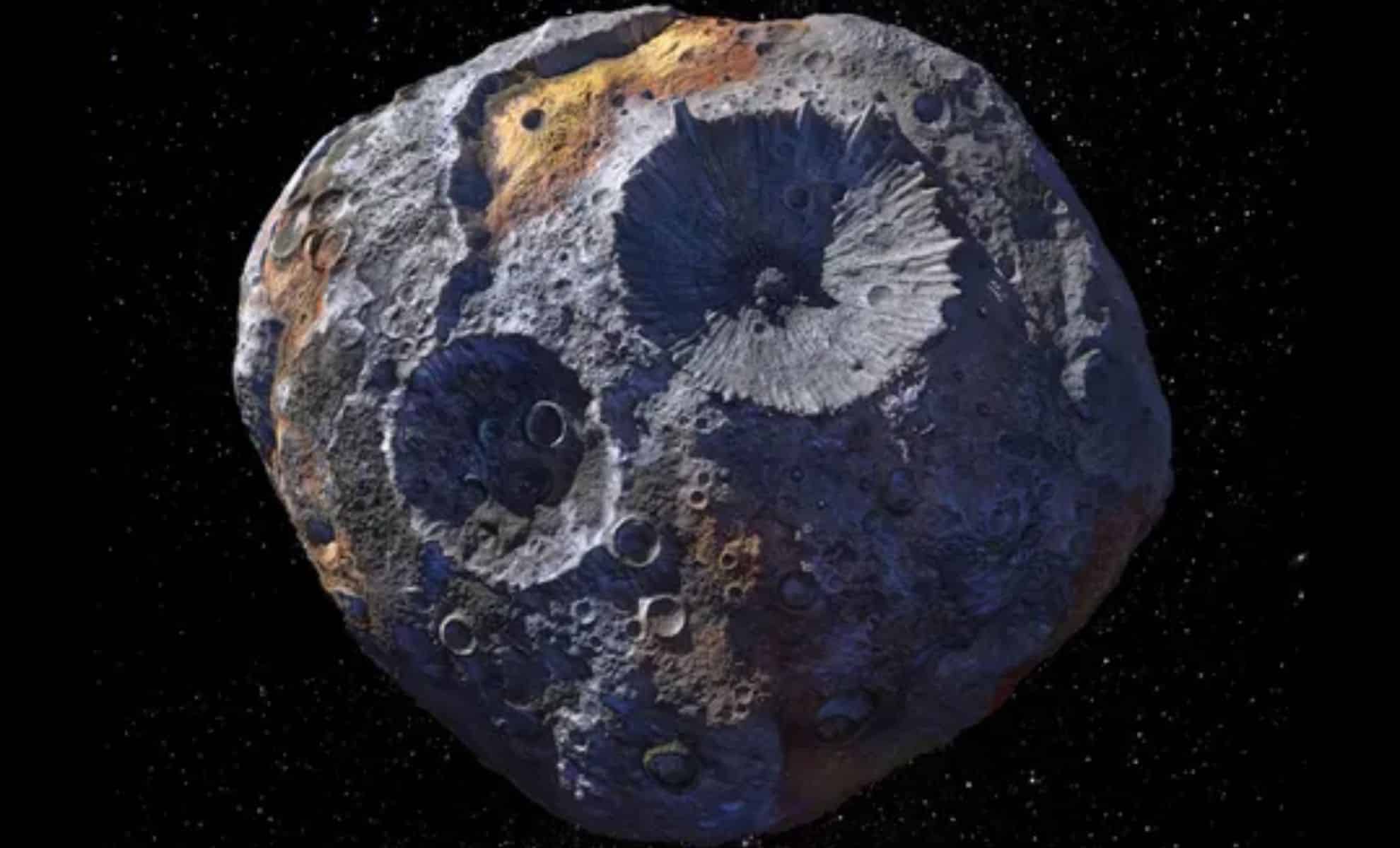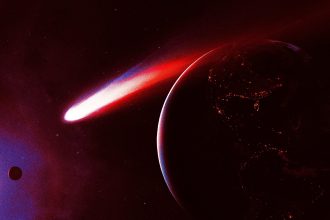A recent investigation leveraging data from the James Webb Space Telescope (JWST) has shed new light on asteroid 16 Psyche, which is valued at an astonishing $100,000 quadrillion. Initially considered a metallic remnant of a planetesimal’s core, evidence now indicates that Psyche may be experiencing hydration, hinting at a more intricate history than previously understood. These findings could provide pivotal insights into both the asteroid’s formation and the evolution of bodies in the early solar system.
The research, published on Arxiv, indicates that the surface of Psyche contains hydroxyl groups—chemical markers typically associated with rust. This revelation has prompted scientists to reconsider the asteroid’s composition, suggesting it consists of a combination of metal and silicate materials, likely shaped by collisions with water-rich asteroids.
In March 2023, JWST’s infrared instruments, specifically the Near Infrared Spectrograph (NIRSpec) and the Mid-Infrared Instrument (MIRI), focused on the asteroid’s north pole. The data revealed a hydroxyl signature, indicating potential water presence in the form of rust. Stephanie Jarmak, a planetary scientist at the Harvard and Smithsonian Center for Astrophysics, remarked that utilizing JWST’s instruments to identify hydroxyl signatures “has helped other astronomers detect widespread molecular water on the Moon but had not yet been used for asteroids.” This breakthrough represents a significant step forward in asteroid research and enhances our understanding of Psyche’s materials.
While the NIRSpec results confirmed the hydroxyl groups, the MIRI data did not showcase a definitive water signature. Nevertheless, Jarmak remained optimistic, suggesting that water may still exist on Psyche at levels too subdued for MIRI to identify. Future studies, particularly focusing on the asteroid’s south pole, are anticipated to provide more conclusive evidence regarding the distribution of hydrated materials across its surface.
Psyche stands out as a singular entity in the main asteroid belt. Spanning 173 miles (280 kilometers) at its widest point, it surpasses many other asteroids in size and is believed to have a metal-rich surface. Initially, scientists speculated that Psyche could represent the exposed metallic core of a planetesimal that was subjected to catastrophic collisions during the solar system’s infancy. However, new data has consistently challenged this notion, suggesting a more sophisticated composition.
The latest findings from JWST bolster the hypothesis that Psyche is not merely metallic. Instead, it seems to present a blend of silicate and metal components. The detection of hydroxyl groups points toward hydration processes akin to those on Earth and other planetary bodies. This leads to the consideration that Psyche’s materials might have been transformed through impacts with hydrated asteroid impactors, which could have introduced water or water-bearing minerals to its surface.
The exploration of Psyche’s origins is just beginning. NASA’s ongoing Psyche mission, launched in 2023, is scheduled to reach the asteroid by 2029. Scientists are already strategizing additional studies to determine the precise locations of hydrated metals on Psyche’s surface. Jarmak stated, “future plans include studying exactly where the hydrated metals are found on Psyche’s surface.” Focus areas include Psyche’s south pole, which houses a large crater that may have formed as a result of a collision with a hydrated impactor.
Given Psyche’s proximity to Earth and its distinct composition, it presents a compelling target for future exploration. Although mining operations on Psyche currently seem unviable due to its position at three times the Earth’s distance from the Sun, insights into its composition could yield significant knowledge for upcoming space mining initiatives. If Psyche’s metal-rich surface is confirmed to contain water-bearing minerals, it may pave the way for future mining opportunities, despite the logistical challenges these endeavors would entail.












